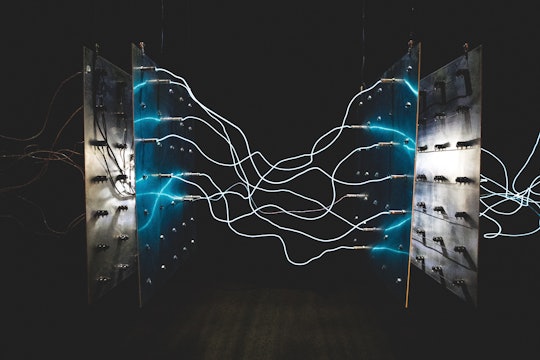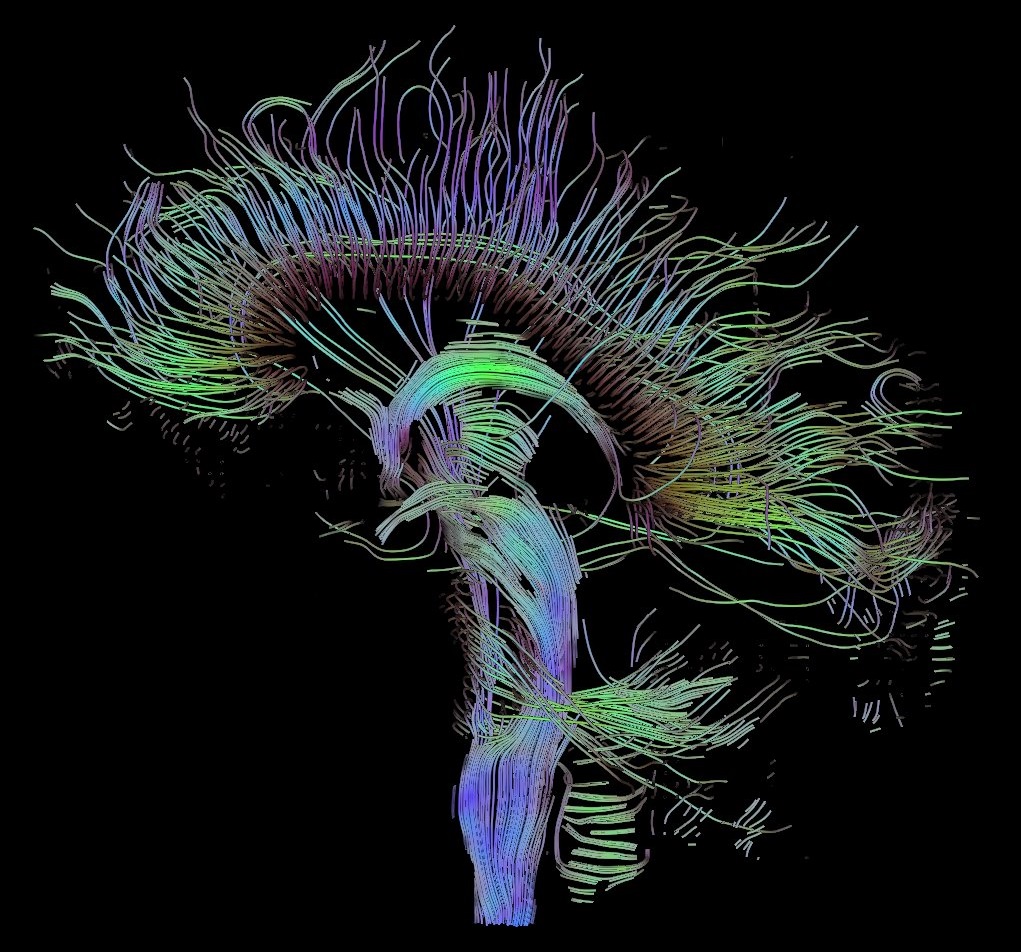
Israel Palacio on Unsplash
The right kind of post-stroke experience can rewire the brain for long-term recovery
It's better to learn to use the damaged side again instead of working around it
Strokes remain a major cause of death in the United States. And although there have been improvements in prevention and treatment, strokes are still the number one cause of long-term disability in adults. Many stroke survivors live with functional impairments that they will have for the rest of their lives, making simple tasks like eating and getting dressed challenging. Currently, neuro-rehabilitation — loosely defined as an interdisciplinary therapeutic strategy designed to help stroke survivors resume daily living — is the only prescribed treatment. But historically, too much emphasis has been placed on survivors' immediate recoveries, often to their long-term detriment, and the type, intensity, and duration of prescribed therapy has often been inconsistent.
Current neuro-rehabilitation treatment relies on experience-dependent plasticity, one of the most basic concepts in neuroscience. Our brains are surprisingly plastic, meaning they have the capacity to rewire and form new neuronal connections throughout life, and experience-dependent plasticity refers to the process by which our brains do this based on our experiences. This phenomenon was first identified by a scientist named William James in the late 19th century, when he observed changes in neural pathways linked to the formation of habitual behaviors.
Neuroscientist Mike Merzenich discovered a striking example of such plasticity in the 1980s, when his lab found that removing the finger of an adult monkey induced large-scale remapping of the neurons in its motor cortex. The motor cortex is a region of the brain involved in motor processing, helping plan and move different parts of the body. Merzenich's team found that the neurons in the monkey's motor cortex that were responsible for moving the lost finger rewired themselves once the finger was gone — establishing new neuronal connections to help adjust to its loss and to move the remaining fingers.
We know that after strokes in humans, the remaining healthy neurons in our brain have the same ability to rewire, strengthening intact neural connections. This incredible ability means that brains can be retrained after strokes to potentially restore impaired functions. And a patient's behaviors and experiences play a key role in the process. Existing neuro-rehabilitation approaches try to capitalize on this ability, for example, to help stroke survivors re-learn how to brush their hair.
There’s just one catch: The type of behavioral experience matters. Not all experiences are ‘good’ for brain plasticity. Unfortunately, the brain can also rewire itself in a counterproductive manner if patients provided the wrong kind of experience after a stroke. For example, a previous study found that training rats to compensate for loss of function on one side of the body by using their other, healthy side for a given task after a stroke actually worsened their recovery on the injured side — even more so than no rehabilitation at all. Training the uninjured side actually rewired the brain in a manner that supported movement with this side, and hampered the recovery of the injured side.
What does this mean for clinical stroke patients? It turns out learning to compensate with the non-injured side actually decreases the possibility that survivors will regain function in their injured side. Therefore, neuro-rehabilitation strategies that don't limit or restrict use of the healthy side can actually hinder long-term recovery.

Visualization of a DTI measurement of a human brain, showing the pathway taken by different neural fibers.
Thomas Schultz on Wikimedia Commons
In humans, the answer as to how to implement these scientific findings is more complicated than in rats, for which researchers simply encouraged use of the injured limb. Of course, from a clinical research standpoint, it is very challenging to force stroke patients to only use their injured side. Many patients understandably feel that the easiest way to resume some type of normalcy after stroke is to learn how to accomplish daily activities by compensating with their non-impaired side. Not being able to perform tasks like getting dressed, eating, and bathing that they once took for granted is extremely frustrating.
However, most patients are unaware that learning to compensate can have a detrimental impact on long-term recovery of the impaired side. This may seem less important to stroke survivors early on, as compensation allows them to dramatically and rapidly improve their quality of life. But it becomes more important later, when this compensation diminishes any chance of recovery of the injured side.
Early efforts to combat the negative effects of compensation can involve extreme measures, including therapies like Constraint-induced Movement Therapy (CIMT), which restricts usage of the uninjured side in patients for at least six hours per day (and in some cases up to over 90 percent of the waking day). Although CIMT has had success in clinical trials, it can feel impractical for stroke survivors. In fact, the major issue with early CIMT therapies was patient compliance.
In reality, some compensation is both needed and expected for stroke patients with upper-extremity impairments to recover. Compensation isn’t all bad — especially if it helps patients regain some type of normalcy after stroke. A recent meta-analysis found that modified versions of traditional CIMT, which involved longer durations of less-intensive therapy, were more successful than traditional rehabilitation strategies.
Finding the right combination of compensation and task-specific training in stroke survivors is a work-in-progress. But there's an increasing awareness of just how powerful post-stroke experience is in reshaping the damaged brain — and that is helping patients move toward better outcomes.




This was a really great article! I never thought how hard it would be for stroke to survivors to exercise their injured side to spur brain connectivity/plasticity and help in recovery. It got me wondering how effective CIMT is when strokes occur in regions that regulate complicated and very fine motor function, such as the cerebellum. While those are way less common than strokes that occur in the motor cortex, would CIMT be as effective in those individuals? Also, how big is the critical window for plasticity and brain re-wiring after a stroke and when would starting CIMT in that window be the most effective for recovery?
It seems like a lot of people might not know about CIMT or how helpful exercising the stroke-effected limbs would be for better recovery. I think this piece did a great job cueing people into this technique and how important it can be.